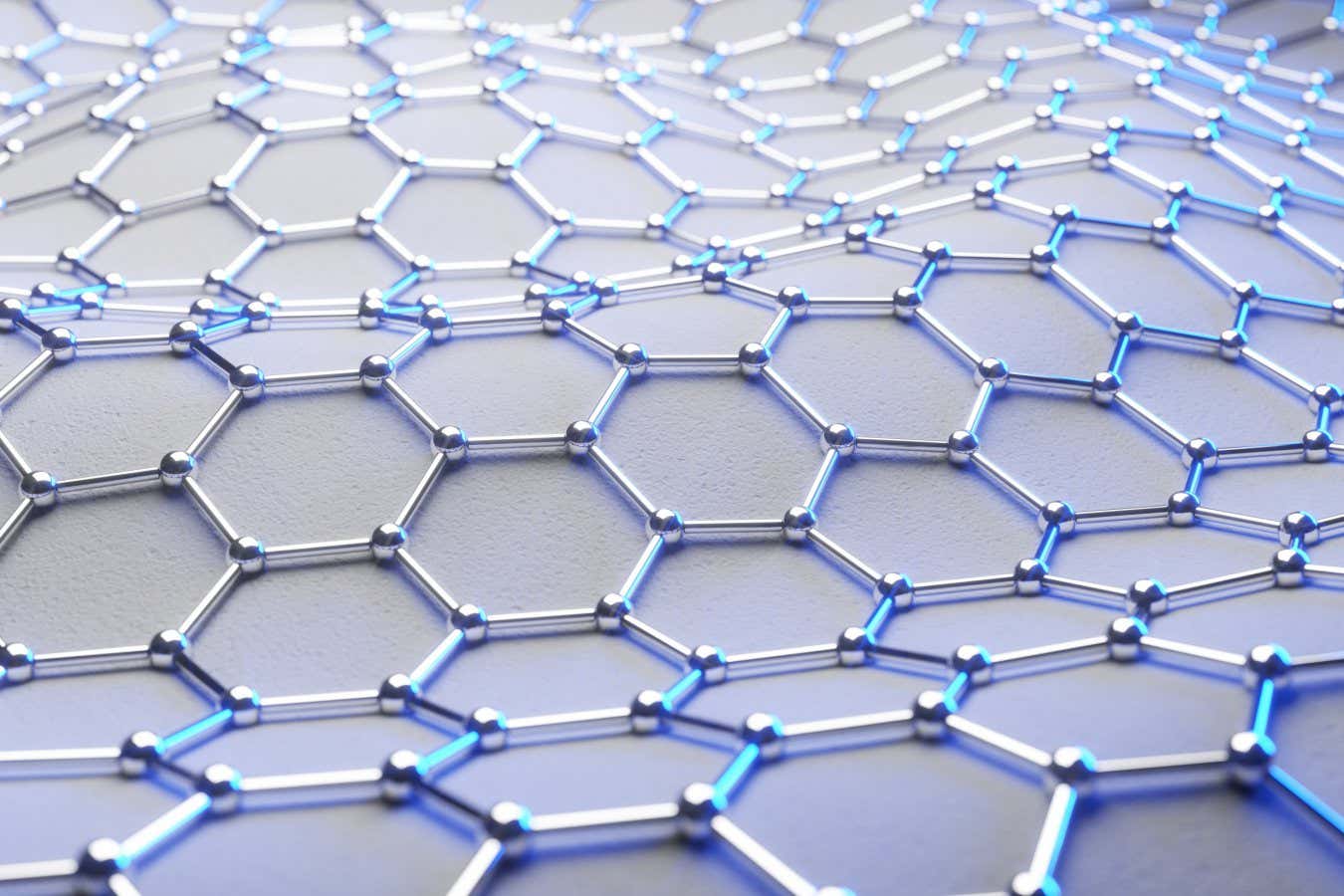Graphene, a two-dimensional material extracted from graphite, has been found to exhibit unprecedented magnetoresistance at room temperature, according to researchers at the University of Manchester. Magnetoresistance refers to a material’s ability to change its electrical resistance when exposed to a magnetic field. This discovery could have significant implications for data storage technology.
Prior to this research, graphene was already known for its exceptional strength, surpassing that of diamond, as well as its excellent conductivity compared to copper. In this study, the team, led by Andre Geim, Nobel laureate in physics, used an electric field to manipulate the structure of flawed graphene to resemble pristine graphene with equal numbers of positively charged holes and negatively charged electrons.
By subjecting the graphene to different magnetic fields, the researchers observed that even small magnetic fields caused a significant change in electrical resistance. The highly mobile electrons and holes in the graphene were found to be incredibly sensitive to small changes in an external magnetic field, leading to its exceptional magnetoresistance.
What makes this discovery particularly noteworthy is that most materials only display magnetoresistance at extremely low temperatures. In contrast, graphene exhibited remarkable magnetoresistance at room temperature, surpassing other materials like graphite and bismuth that were tested in previous studies.
Magnetoresistant materials are already used in data storage devices, where they assist in interpreting magnetic patterns on tapes or discs to store information. The researchers believe that further investigation into graphene’s properties could pave the way for new applications in data storage and beyond.
Antonio Helio Castro Neto at the National University of Singapore highlights that this discovery offers an opportunity to delve deeper into fundamental physics. Because graphene is a two-dimensional material, the interactions between the holes and electrons within it become extremely strong. This opens up avenues for studying and controlling these interactions in greater detail.
In conclusion, the remarkable magnetoresistance exhibited by graphene at room temperature could have significant implications in various fields, ranging from materials science to data storage and fundamental physics.








